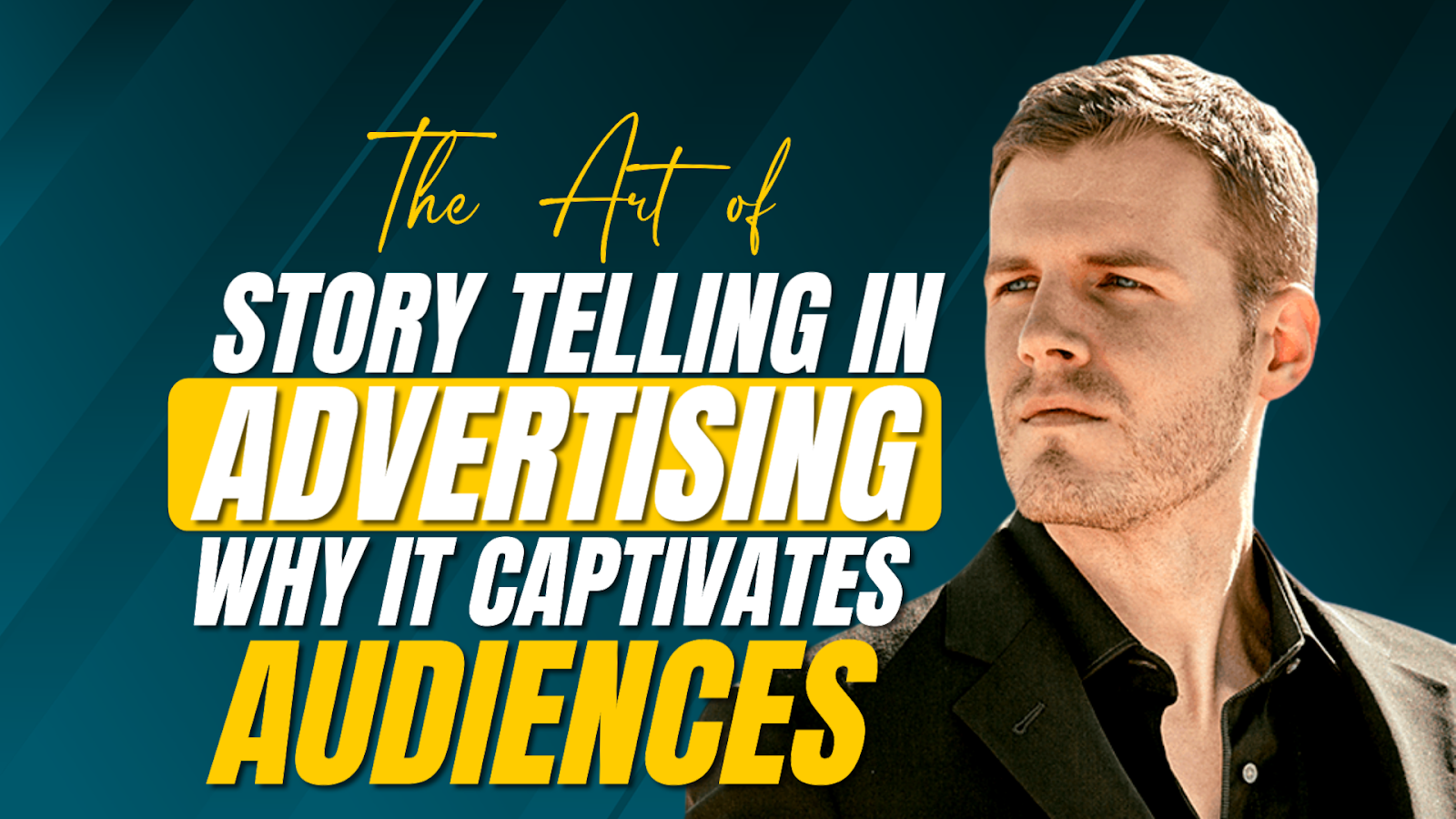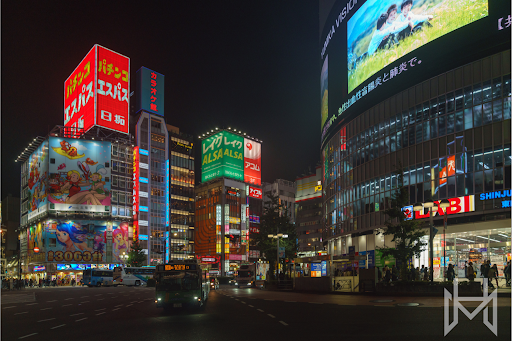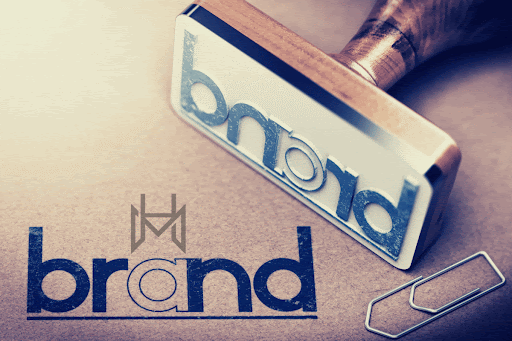
The Art of Storytelling in Advertising: Why it Captivates Audiences
Advertising has come a long way from the traditional methods of simply listing a product’s features and benefits. Nowadays, marketers are using more creative ways to capture the attention of their target audience, and storytelling has emerged as a powerful tool in their arsenal.
Advertisers can forge emotional connections with their audience and foster brand loyalty by crafting a compelling narrative around their brand. In this article, we will delve into the art of storytelling in advertising and examine its ability to captivate audiences.
It is worth noting that the average person is exposed to over 5,000 ads per day. With such overwhelming information bombarding us, it’s no wonder that most ads go unnoticed or ignored. However, storytelling has the power to cut through the noise and leave a lasting impression. In the following sections, we will delve deeper into the art of storytelling in advertising and how it can captivate audiences.
What is Advertising?

Advertising is the art of storytelling through visuals, words, emotions, and experiences. It’s about selling products or services and creating an unforgettable brand image.
It’s about understanding your audience’s needs and wants and communicating with them in a way that resonates with them.
Advertising is about creating a bond between the brand and the customer and creating a relationship beyond a simple transaction.
Successful advertising is about presenting your brand in a way that makes it irresistible to your ideal customer.
Types of Advertising
Let’s dive into the advertising world, where creativity and strategy collide for a match made in heaven. First up, we have print advertising, the OG of the advertising world.
Think magazines, newspapers, and billboards – this classic method still packs a punch. Next, we have digital advertising, the disrupter of the advertising world.
From social media ads to display banners, digital advertising allows for hyper-targeting and real-time metrics.
Then, there’s broadcast advertising – TV and radio commercials that have the power to reach millions of viewers and listeners.
Last but not least, we have outdoor advertising. This includes anything from bus stop shelters to neon signs, allowing for a creative twist on traditional advertising methods. With so many options, the possibilities are endless.
Forms of Advertising
Advertising comes in various forms, each with its own unique advantages and disadvantages.
Print advertising, for example, has the ability to reach specific target audiences through magazines and newspapers.
Broadcast advertising, including television and radio, allows for a broader audience but can also be costly.
Digital advertising has become increasingly popular thanks to its ability to track metrics and cost-effectiveness.
Finally, social media advertising can target specific groups based on their interests and behaviors.
Companies can create a well-rounded and effective advertising campaign by utilizing a mix of these various forms.
History of Storytelling in Advertising

Let’s dive into the captivating history of storytelling in advertising. The power of storytelling was first recognized in ancient times when hieroglyphics were used to tell stories of everyday life. Fast forward to the 1800s, when advertising evolved as newspapers and magazines appeared on the scene. It wasn’t long before businesses realized the potential of storytelling to engage and persuade customers.
Early examples of using storytelling in advertising campaigns include John Deere’s 1895 advertisement featuring a story of a farmer, which helped build trust and establish a relationship with customers. In the 1900s, radio and television brought storytelling into people’s homes. Think Jell-O’s memorable “J-E-L-L-O” jingle.
Today, storytelling continues to evolve in advertising, with brands creating emotional connections with their audience through immersive experiences and interactive campaigns. The impact of telling a good story has never been stronger – customers are not just buying into a product or service but a brand’s story and values.
Why Storytelling Works in Advertising
Storytelling is more than just spinning yarns. It taps into human psychology to build emotional connections with audiences. A well-crafted narrative can tug at heartstrings, evoke memories, and activate parts of the brain that process facts and figures cannot.
By creating a rich, multidimensional experience, audiences can connect with your company on a deeper level. Storytelling also helps increase brand loyalty by establishing an emotional connection with customers.
In fact, research shows that brands with an emotional connection with their customers have 306% better performance than those that don’t. So, if you want to win the hearts and wallets of your audience, start telling a good story.
Elements of a Compelling Advertising Story
Let’s talk about the one thing that separates an okay ad from a jaw-dropping, heart-stirring, can’t-stop-talking-about-it ad – storytelling.
It all starts with the characters. You need to create a relatable protagonist that your audience can root for. Give them a problem to solve and create a conflict they must overcome.
But don’t leave them hanging – they need the resolution to feel like they’ve been on a journey with your brand.
Just look at brands like Apple, who have used storytelling to sell us their products for years. Think of the iconic “Think Different” campaign highlighting inspiring individuals like Albert Einstein and Martin Luther King Jr.
So, what can you do to make your advertising story stand out? Keep it simple, but make it surprising. Tug at the heartstrings or make them laugh – just make sure it’s memorable.
And if in doubt, always remember – with advertising storytelling, the devil is really in the details.
Benefits of Storytelling for Brands

Think storytelling is just for bedtime? Think again. Storytelling is a powerful tool that can bring brands to life, increase brand awareness and customer engagement, and even build brand loyalty. And the best part? Anyone can do it.
Here are some benefits storytelling can bring to brands:
Increased brand awareness: Storytelling can help brands stand out in a crowded marketplace by creating a unique brand identity that resonates with their target audience. Brands can differentiate themselves from competitors and build stronger brand awareness by creating a compelling narrative highlighting their values, mission, and personality.
Additionally, storytelling can captivate audiences and create a deeper level of engagement with customers.By sharing relatable and memorable stories, brands can spark an emotional response from their audience, leading to increased interest and engagement.
Brand loyalty: Storytelling can foster long-term brand loyalty by creating a personal connection with customers. By sharing stories that align with their values and interests, brands can build trust and establish a stronger relationship with their audience.
Take Coca-Cola as a prime example. Through its innovative storytelling campaign, Coca-Cola rebranded its image and propelled its brand into the forefront of pop culture. They captured their audience’s emotions through stories and helped to create a lasting, personal relationship between the consumer and the brand.
But it’s not just big brands like Coca-Cola that can benefit from storytelling. Even small businesses can ignite their customer base through the use of compelling narratives. Sharing stories about your business and your employees can give your buyers an inside look and make them feel like they’re part of something special.
In the digital age, you can reach more people than ever before, giving you more opportunities to share your story. So, don’t be afraid to get creative, be authentic, and take the time to hone your storytelling skills. You’ll be surprised at how effective this approach can be in growing and engaging your brand’s audience.
In short, brands that tell compelling stories can have a long-lasting impact on their customers. They connect people to brands on a deeper, more emotional level and can create lasting memories and lifetime customers. Don’t underestimate the power of storytelling in building your brand!
